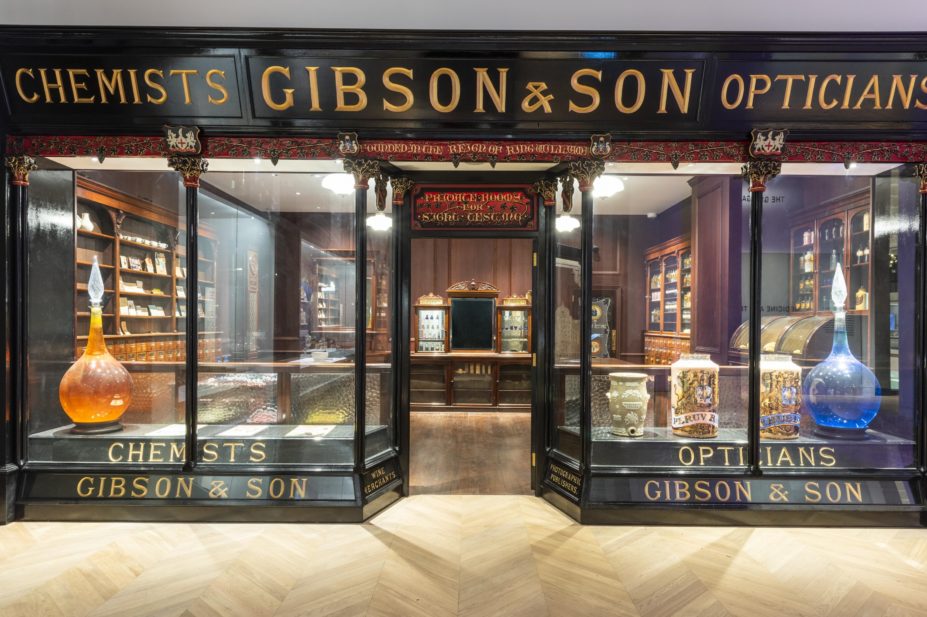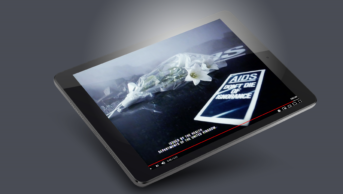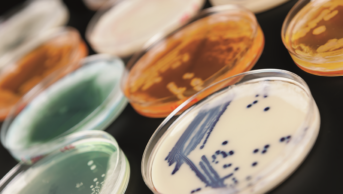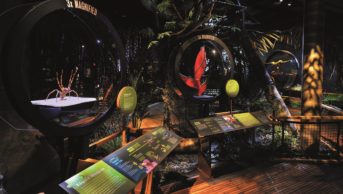
Science Museum Group
John P Gibson (1838–1912) — photographer, amateur archaeologist and registered pharmacist — has left a most unusual legacy. The pharmacy from which he served the people of Hexham, Northumberland, throughout his working life has been recreated in its entirety within the halls of London’s Science Museum.
The reconstruction is part of ‘Medicine: the Wellcome Galleries’, a new five-gallery medical exhibit spanning the entire first floor of the museum, which opened to the public on 16 November 2019.
Gibson’s pharmacy — founded in 1834 by his father, William Wilson Gibson — takes pride of place in ‘Medicine and Treatments: the GSK Gallery’. The façade is a replica, but the pharmacy’s interior and fittings are real. The entire outfit was acquired by the Science Museum Group after it closed to the public in 1978. It was displayed in the museum before, between 1985 and 2011, in the original Wellcome Gallery but, for the past few years, had been relegated to storage.
For its opening, the pharmacy has been given a 21st century upgrade, turning it into what the museum describes as an “immersive digital experience”.
It’s an atmospheric place with dark-wood panelling, colourful glass decanters and a cornucopia of herbs, compounds and potions. Take a few steps inside and it’s easy to forget the modern-day bustle of London and imagine yourself back in time.
Exploring the pharmacy, visitors are played audio recordings of conversations between Gibson and his young assistant, Alice Hartigan. Gibson explains the risks of handling “poisons” — that is, controlled medicines — but assures Hartigan that, as a registered pharmacist, he is allowed to store and dispense these potentially dangerous products.
Like today’s pharmacies, Gibson offered additional services: in this case, eye tests. In the voiceover, Gibson proudly tells a patient that there are “few pharmacies in England that can boast such innovations”, as he invites her into his sight testing room through an elaborate stained glass door.
The two interactive digital exhibits, which appear to be aimed at younger visitors, are visually striking. In both, you take the part of the pharmacist: first, as you spill and then clean up a poison. And, in the second, as you use a pestle and mortar to prepare Gibson’s Calamine Lotion “for soothing skin rashes” — a mixture of zinc oxide, iron oxide, calcium hydroxide and bentonite clay, bound together with water.
As part of the interactive exhibits, visitors are also invited to become registered with (as it was then known) The Pharmaceutical Society. The process invites ‘registrants’ to place their hands over the Society’s coat of arms, which lights up to indicate their acceptance into the organisation.
It’s inspiring to see the pharmacy profession given such a high profile in London’s flagship Science Museum. Visitors should also make some time to explore the other medicine galleries. With more than 3,000 exhibits and specially commissioned artworks, spanning ancient history to modern times, visitors will come away feeling pride in the work of healthcare professionals around the world.
‘Medicine: The Wellcome Galleries’ is open daily at the Science Museum; free entrance.
Corrinne Burns


